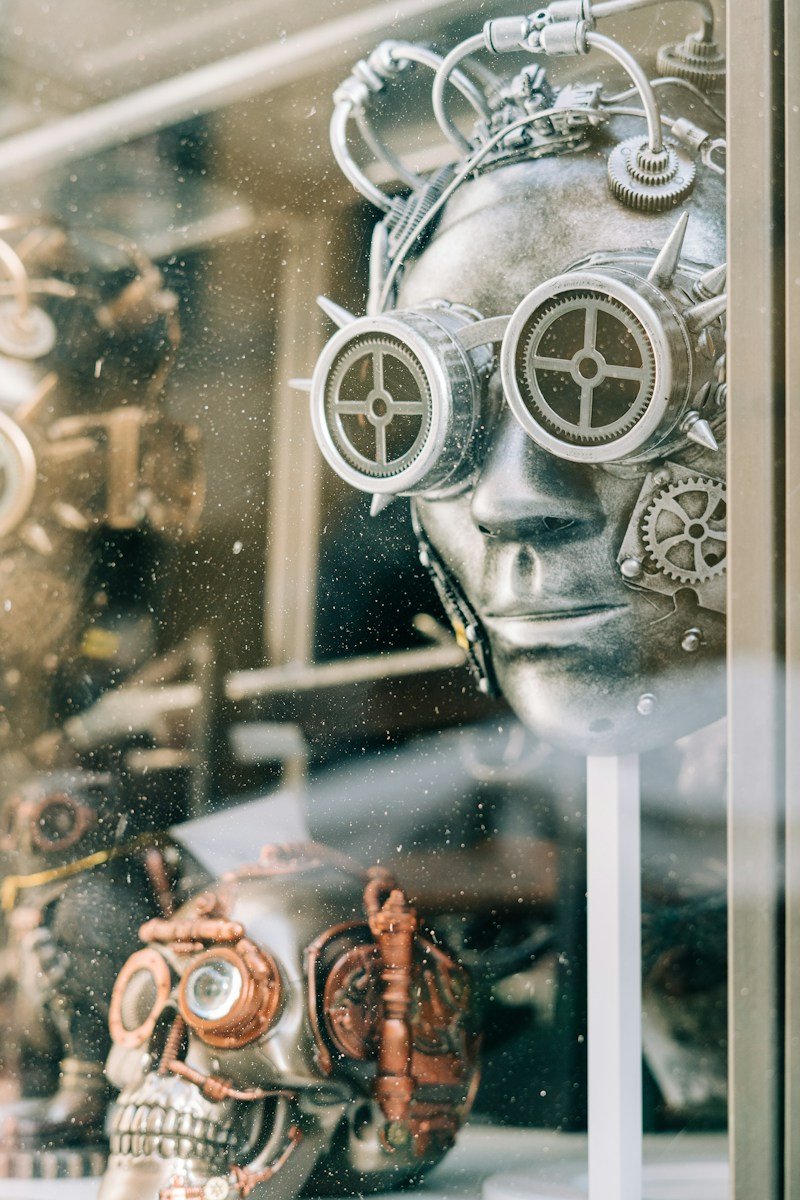
Artificial Intelligence (AI) has become an integral part of our lives, revolutionizing various industries and impacting how we interact with technology on a daily basis. However, despite its prevalence, many people still have questions and misconceptions about AI. In this blog post, we’ll unravel some of the frequently asked questions about artificial intelligence and delve into the latest trends shaping the AI landscape.
Understanding Artificial Intelligence:
1. What is Artificial Intelligence?
Artificial Intelligence refers to the simulation of human intelligence in machines that are programmed to think and learn like humans. It encompasses a wide range of technologies, including machine learning, natural language processing, computer vision, and robotics.
2. How does AI work?
AI systems work by processing vast amounts of data and using algorithms to identify patterns, make predictions, and generate insights. Machine learning, a subset of AI, allows systems to improve their performance over time by learning from data without being explicitly programmed.
3. What are the different types of AI?
AI can be classified into three broad categories:
- Narrow AI: AI systems that are designed for specific tasks, such as virtual assistants, recommendation systems, and facial recognition software.
- General AI: AI systems that possess human-like intelligence and can perform any intellectual task that a human can.
- Superintelligent AI: Hypothetical AI systems that surpass human intelligence in every aspect.
Exploring the Latest AI Trends:
1. AI in Healthcare:
AI is transforming the healthcare industry by enabling faster and more accurate diagnosis, personalized treatment plans, and drug discovery. AI-powered medical imaging, predictive analytics, and virtual health assistants are some of the key applications driving innovation in healthcare.
2. AI in Finance:
In the finance sector, AI is being used for fraud detection, risk assessment, algorithmic trading, and customer service. AI-powered chatbots, robo-advisors, and credit scoring systems are streamlining operations and improving the customer experience in banking and finance.
3. AI in Autonomous Vehicles:
Autonomous vehicles are a major application of AI, with companies like Tesla, Waymo, and Uber developing self-driving cars equipped with AI-powered sensors and algorithms. AI enables these vehicles to perceive their environment, make real-time decisions, and navigate safely on the road.
4. AI Ethics and Bias:
As AI becomes more pervasive, concerns about ethics, bias, and transparency have come to the forefront. There is growing awareness about the need for ethical AI development practices, fair algorithms, and responsible use of AI technologies to mitigate potential risks and ensure accountability.
5. AI and Workforce Automation:
Automation driven by AI and robotics is reshaping the future of work, with implications for job displacement, skills training, and workforce development. While AI has the potential to increase productivity and efficiency, there are also concerns about job loss and the need for upskilling and reskilling programs to adapt to the changing labor market.
Conclusion:
Artificial Intelligence continues to evolve at a rapid pace, with new advancements and applications emerging across various domains. By demystifying common questions and staying informed about the latest trends, we can better understand the potential of AI and its impact on society. As we navigate the AI-driven future, it’s essential to prioritize ethical considerations, address societal challenges, and harness the transformative power of AI for the benefit of humanity.
